当前位置:网站首页>Epoll's et, lt working mode -- example program
Epoll's et, lt working mode -- example program
2022-04-23 14:40:00 【m0_ fifty-one million five hundred and fifty-one thousand three】
The following is a server program , It can be done by LT or ET Two modes receive the data sent by the client , And print to standard output .
#include<sys/types.h>
#include<sys/socket.h>
#include<unistd.h>
#include<assert.h>
#include<stdio.h>
#include<string.h>
#include<stdlib.h>
#include<netinet/in.h>
#include<errno.h>
#include<arpa/inet.h>
#include<fcntl.h>
#include<sys/epoll.h>
#include<pthread.h>
#define MAX_EVENT_NUMBER 1024
#define BUFFER_SIZE 10
/* Set the file descriptor to non blocking */
int setnonblocking(int fd)
{
int old_option = fcntl(fd, F_GETFL);
int new_option = old_option | O_NONBLOCK;
fcntl(fd, F_SETFL, new_option);
return old_option;
}
/* File descriptors fd Upper EPOLLIN Sign up to epollfd Directed epoll In the kernel event table , Parameters enable_et Specify whether or not fd Enable ET Pattern */
void addfd(int epollfd, int fd, bool enable_et)
{
epoll_event event;
event.data.fd = fd;
event.events = EPOLLIN;
if (enable_et)
{
event.events |= EPOLLET;
}
epoll_ctl(epollfd, EPOLL_CTL_ADD, fd, &event);
setnonblocking(fd);
}
/* LT Pattern workflow */
void lt(epoll_event* events, int number, int epollfd, int listenfd)
{
char buf[BUFFER_SIZE];
for (int i = 0; i < number; i++)
{
int sockfd = events[i].data.fd;
if (sockfd == listenfd)
{
struct sockaddr_in client_address;
socklen_t client_addrlength = sizeof(client_address);
int connfd = accept(listenfd, (struct sockaddr*)&client_address, &client_addrlength);
addfd(epollfd, connfd, false); /* hold connfd Add to the kernel event table , And disable ET Pattern */
}
else if (events[i].events & EPOLLIN)
{
/* as long as socket There is still unread data in the read cache , This code is triggered */
printf("EPOLLIN event trigger once\n");
memset(buf, '\0', BUFFER_SIZE);
int ret = recv(sockfd, buf, BUFFER_SIZE - 1, 0);
if (ret <= 0)
{
close(sockfd);
continue;
}
printf("get %d bytes of content: %s\n", ret, buf);
}
else
{
printf("something else happened \n");
}
}
}
/* ET Mode workflow */
void et(epoll_event* events, int number, int epollfd, int listenfd)
{
char buf[BUFFER_SIZE];
for (int i = 0; i < number; i++)
{
int sockfd = events[i].data.fd;
if (sockfd == listenfd)
{
struct sockaddr_in client_address;
socklen_t client_addrlength = sizeof(client_address);
int connfd = accept(sockfd, (struct sockaddr*)&client_address, &client_addrlength);
addfd(epollfd, connfd, true); /* hold connfd Add to the kernel event table , And open ET Pattern */
}
else if (events[i].events & EPOLLIN)
{
/* This code will not be triggered repeatedly , So you have to cycle through the data , To make sure that socket Read all data in the cache */
printf("EPOLLIN event trigger once\n");
while (1)
{
memset(buf, '\0', BUFFER_SIZE);
int ret = recv(sockfd, buf, BUFFER_SIZE - 1, 0);
if (ret < 0)
{
/* For non blocking IO, If the following conditions are true, it means that all data has been read . thereafter ,epoll You can trigger it again sockfd Upper EPOLLIN event , Perform the next read operation */
if (errno == EAGAIN || errno == EWOULDBLOCK)
{
printf("raed later\n");
break;
}
close(sockfd);
break;
}
else if (ret == 0) /* return 0, Indicates that the other party has closed the connection */
{
close(sockfd);
}
else
{
printf("get %d bytes of content: %s\n", ret, buf);
}
}
}
else
{
printf("something else happened \n");
}
}
}
int main(int argc, char* argv[])
{
if (argc <= 2)
{
return 1;
}
const char* ip = argv[1];
int port = atoi(argv[2]);
int ret = 0;
struct sockaddr_in address;
bzero(&address, sizeof(address));
address.sin_family = AF_INET;
address.sin_port = htons(port);
inet_pton(AF_INET, ip, &address.sin_addr);
int listenfd = socket(PF_INET, SOCK_STREAM, 0);
assert(listenfd >= 0);
ret = bind(listenfd, (struct sockaddr*)&address, sizeof(address));
assert(ret != -1);
ret = listen(listenfd, 5);
assert(ret != -1);
epoll_event events[MAX_EVENT_NUMBER];
int epollfd = epoll_create(10);
assert(epollfd != -1);
addfd(epollfd, listenfd, true);
while (1)
{
int ret = epoll_wait(epollfd, events, MAX_EVENT_NUMBER, -1);
if (ret < 0)
{
printf("epoll filure\n");
break;
}
// lt(events, ret, epollfd, listenfd);
et(events, ret, epollfd, listenfd);
}
close(listenfd);
return 0;
}
版权声明
本文为[m0_ fifty-one million five hundred and fifty-one thousand three]所创,转载请带上原文链接,感谢
https://yzsam.com/2022/04/202204231435333921.html
边栏推荐
- [untitled]
- AT89C52 MCU frequency meter (1Hz ~ 20MHz) design, LCD1602 display, including simulation, schematic diagram, PCB and code, etc
- SVN详细使用教程
- 编程哲学——自动加载、依赖注入与控制反转
- 面试官:说一下类加载的过程以及类加载的机制(双亲委派机制)
- 8.4 循环神经网络从零实现
- Ali developed three sides, and the interviewer's set of combined punches made me confused on the spot
- 全连接层的作用是什么?
- GIS数据处理-cesium中模型位置设置
- Some little records~
猜你喜欢

Swift - Literal,字面量协议,基本数据类型、dictionary/array之间的转换

The art of automation
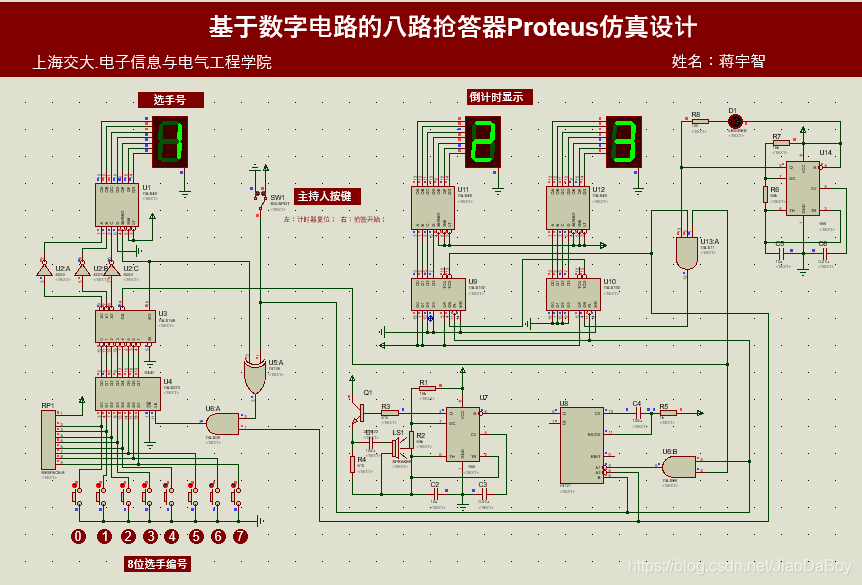
555定时器+74系列芯片搭建八路抢答器,30s倒计时,附Proteus仿真等
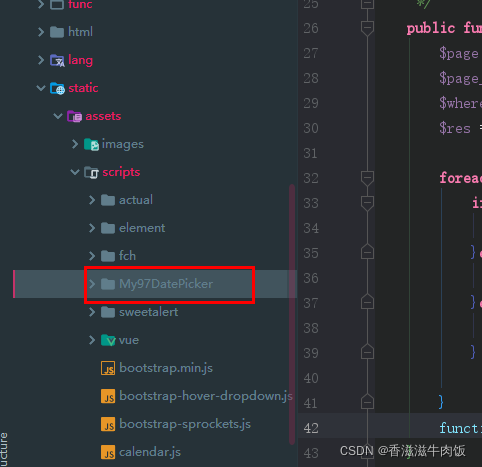
we引用My97DatePicker 实现时间插件使用
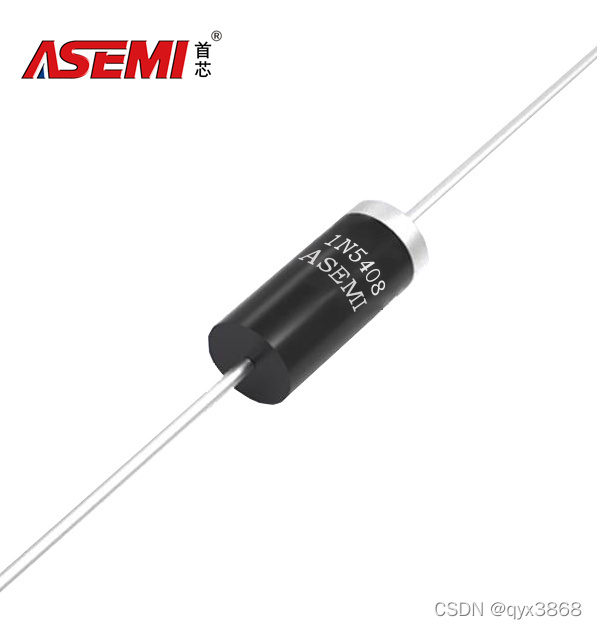
1N5408-ASEMI整流二极管1N5408
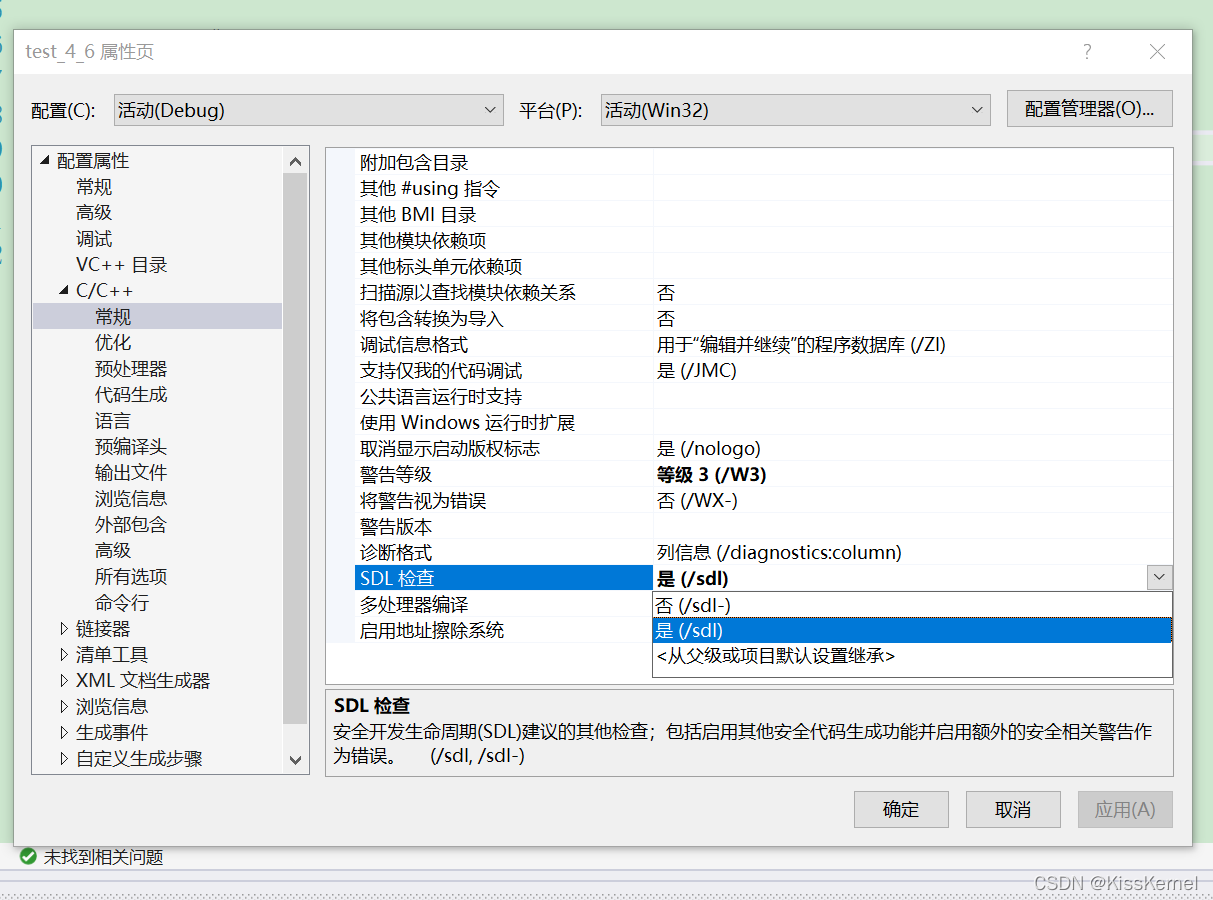
关于在vs中使用scanf不安全的问题
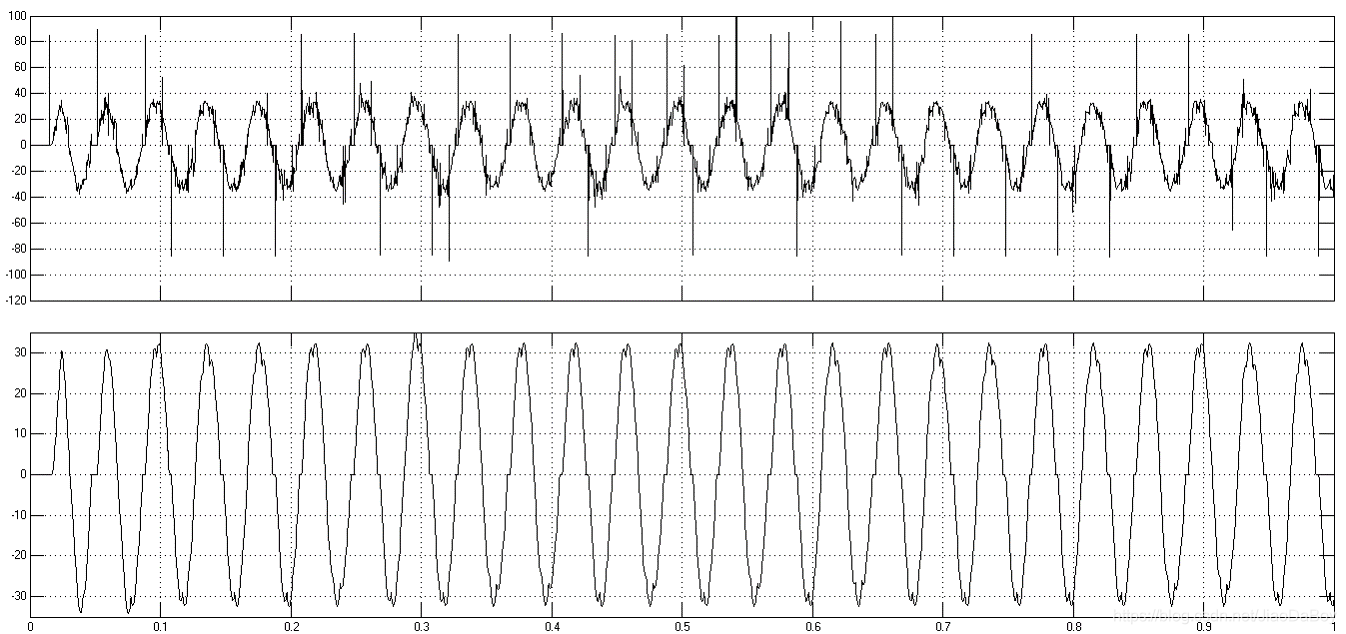
Matlab Simulink modeling and design of single-phase AC-AC frequency converter, with MATLAB simulation, PPT and papers

do(Local scope)、初始化器、内存冲突、Swift指针、inout、unsafepointer、unsafeBitCast、successor、

四层和八层电梯控制系统Proteus仿真设计,51单片机,附仿真和Keil C代码

C语言知识点精细详解——数据类型和变量【1】——进位计数制
随机推荐
1分钟看懂执行流程,永久掌握for循环(附for循环案例)
[detailed explanation of factory mode] factory method mode
详解TCP的三次握手
8.4 循环神经网络从零实现
线程同步、生命周期
PCIe X1 插槽的主要用途是什么?
阿里研发三面,面试官一套组合拳让我当场懵逼
直流可调稳压电源的Proteus仿真设计(附仿真+论文等资料)
《JVM系列》 第七章 -- 字节码执行引擎
C语言知识点精细详解——初识C语言【1】——你不能不知的VS2022调试技巧及代码实操【1】
一篇博客让你学会在vscode上编写markdown
[untitled]
三、梯度下降求解最小θ
C语言知识点精细详解——初识C语言【1】——你不能不知的VS2022调试技巧及代码实操【2】
Outsourcing for four years, abandoned
流程控制之分支语句
电子秤称重系统设计,HX711压力传感器,51单片机(Proteus仿真、C程序、原理图、论文等全套资料)
qt之.pro文件详解
Matlab Simulink modeling and design of single-phase AC-AC frequency converter, with MATLAB simulation, PPT and papers
I thought I could lie down and enter Huawei, but I was confused when I received JD / didi / iqiyi offers one after another